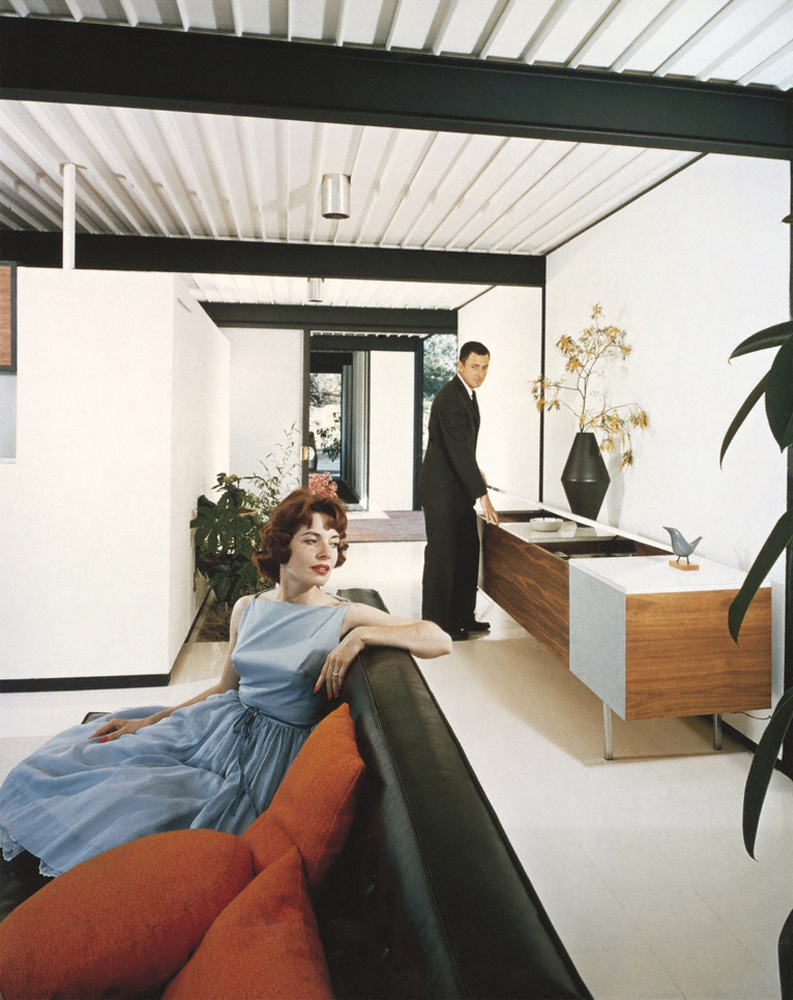
October marks the launch of Pacific Standard Time: Art in L.A., 1945-1980, a region-wide collaboration celebrating the birth of the Los Angeles art scene. Lyra Kilston reports on the photography made in this prolific era, the first in a three-part LightBox series about PST.
When you think about mid-century modern architecture, you might well be envisioning the cool black-and-white photographs of Julius Shulman, which have come to symbolize the allure of sleek, leisurely modern living. Shulman (1910-2009) photographed southern California’s most iconic buildings from the 1930s through the 1980s, and helped promote the brave new architecture and design that swept the region after World War II. One of his best-known photographs, from 1960, depicts a view of a house designed by Pierre Koenig with a glass-walled living room jutting out over the Hollywood Hills, seeming to hover above a dark void. The twinkling grid of Los Angeles glows far below, while inside, two women sit talking.
This image and the photographer’s other stunning portraits of homes by notable architects—among them, Richard Neutra, R.M. Schindler, John Lautner and Albert Frey—are on view through Oct. 29 as part of an exhibition at Craig Krull Gallery in Santa Monica. Julius Shulman: 80 Years of Photography, which also showcases the photographer’s self-portraits, is part of a region-wide festival, Pacific Standard Time: Art in L.A. 1945-1980, the collaborative effort of more than 100 museums and galleries aimed at celebrating the Los Angeles art scene.
Shulman stumbled into his life’s vocation in 1936 when he visited a house designed by Richard Neutra and took six photographs. Neutra liked them enough to introduce Shulman to other architects in southern California, and soon, the photographer was shooting for most of them. He even gained the nickname “one shot Shulman” for his unerring eye. Shulman’s early work shows the budding talent of an artist discovering the textures and forms of the visual world. The lensman’s keen eye for composition and light is apparent in pictures of a spiral staircase or a silhouetted woman standing on a cliff, both from 1930, as well as a self-portrait from 1935, in which he’s posing bare-chested and holding palm fronds like decorative fans. But it’s his mid-century architectural work, gratifyingly enlarged for this show, that remains the most seductive.
The photographer possessed a true understanding of modern architecture, but he also had a canny awareness of how to make these new designs appeal to the wider public. Postwar prosperity had ushered in a revolution in modern living that was both enticing and threatening—could families really live in these stark glass and metal boxes? In Shulman’s portraits, the machine-aesthetic of modern architecture is tempered with familiar comforts. His work defined an era, communicating the aims of the architect with a deft and masterful eye. Some of the houses have since been demolished, but their most ideal and compelling depictions live on, in Shulman’s exquisite images.
Julius Shulman: 80 Years of Photography is on view at Craig Krull Gallery in Santa Monica through Oct. 29.
Lyra Kilston is a writer and editor based in Los Angeles. Her work has appeared in numerous publications, including Artforum, Art in America and Photo District News.
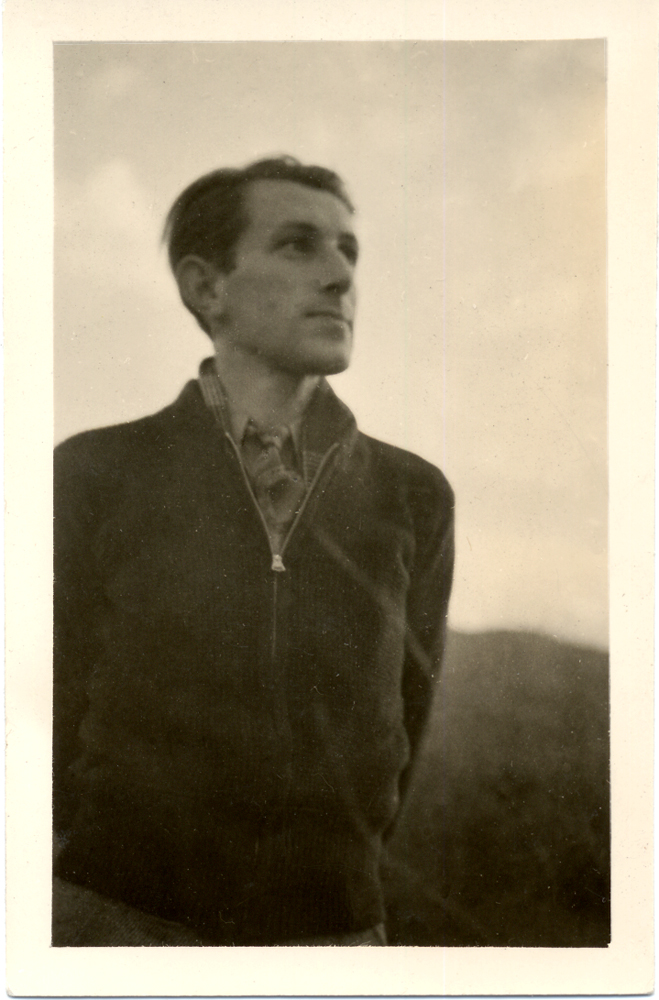
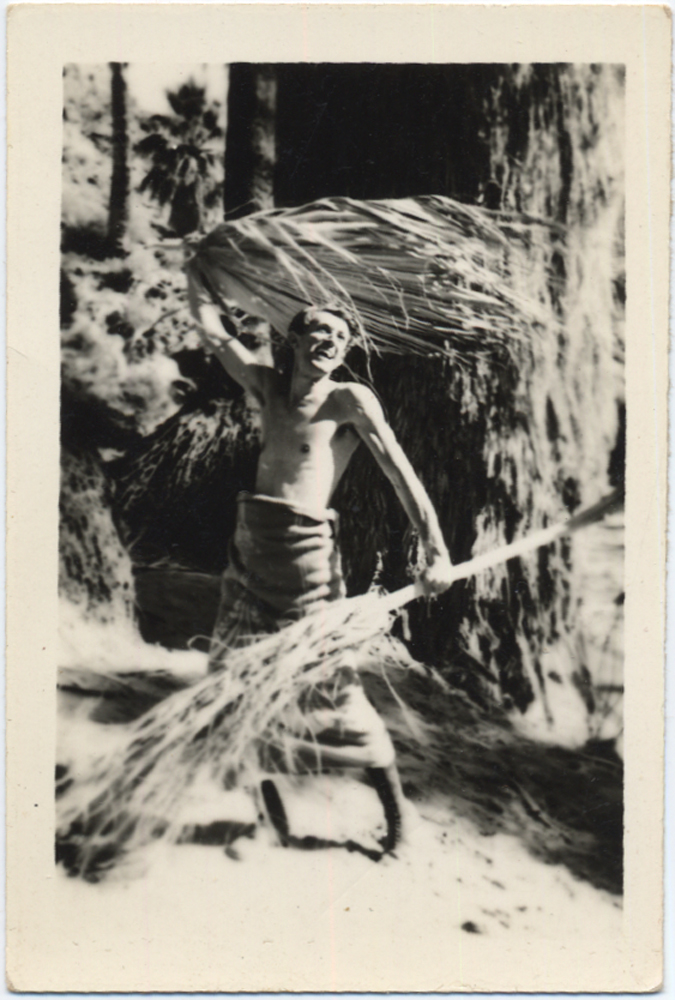
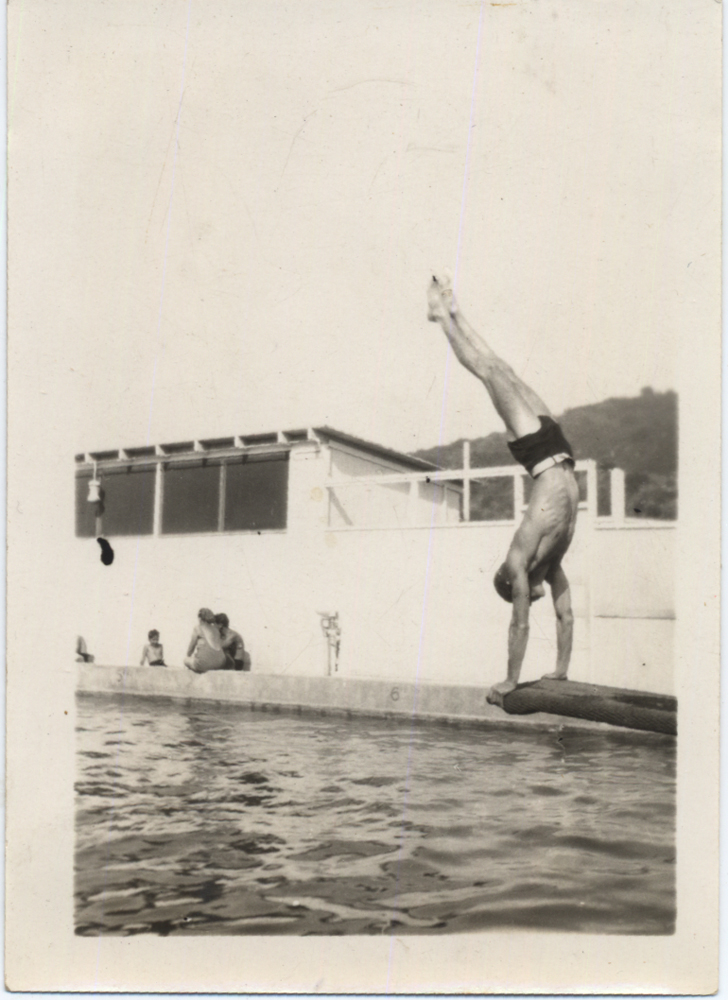
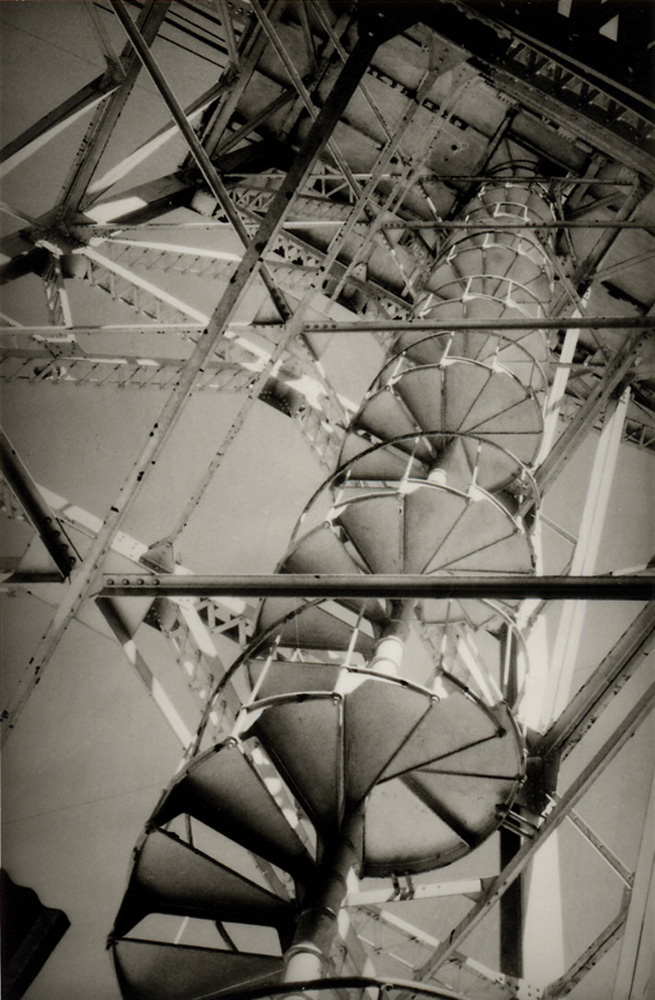
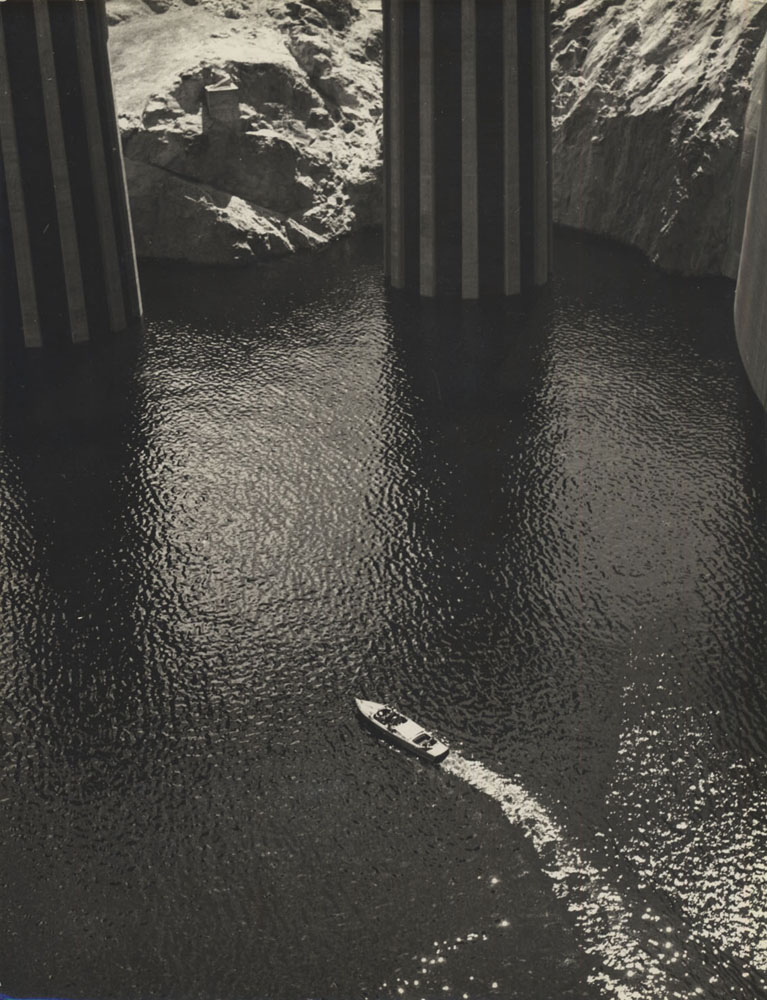
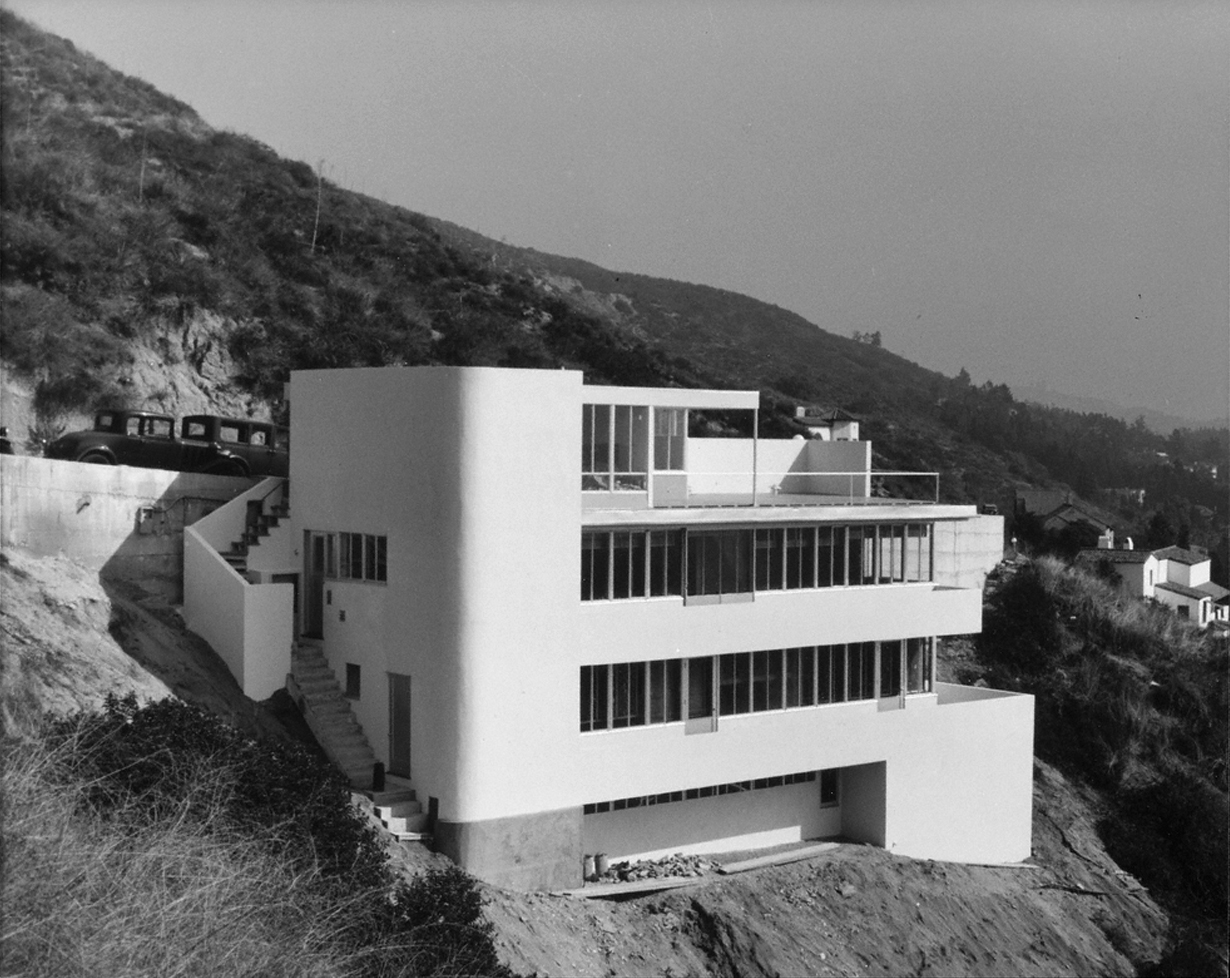
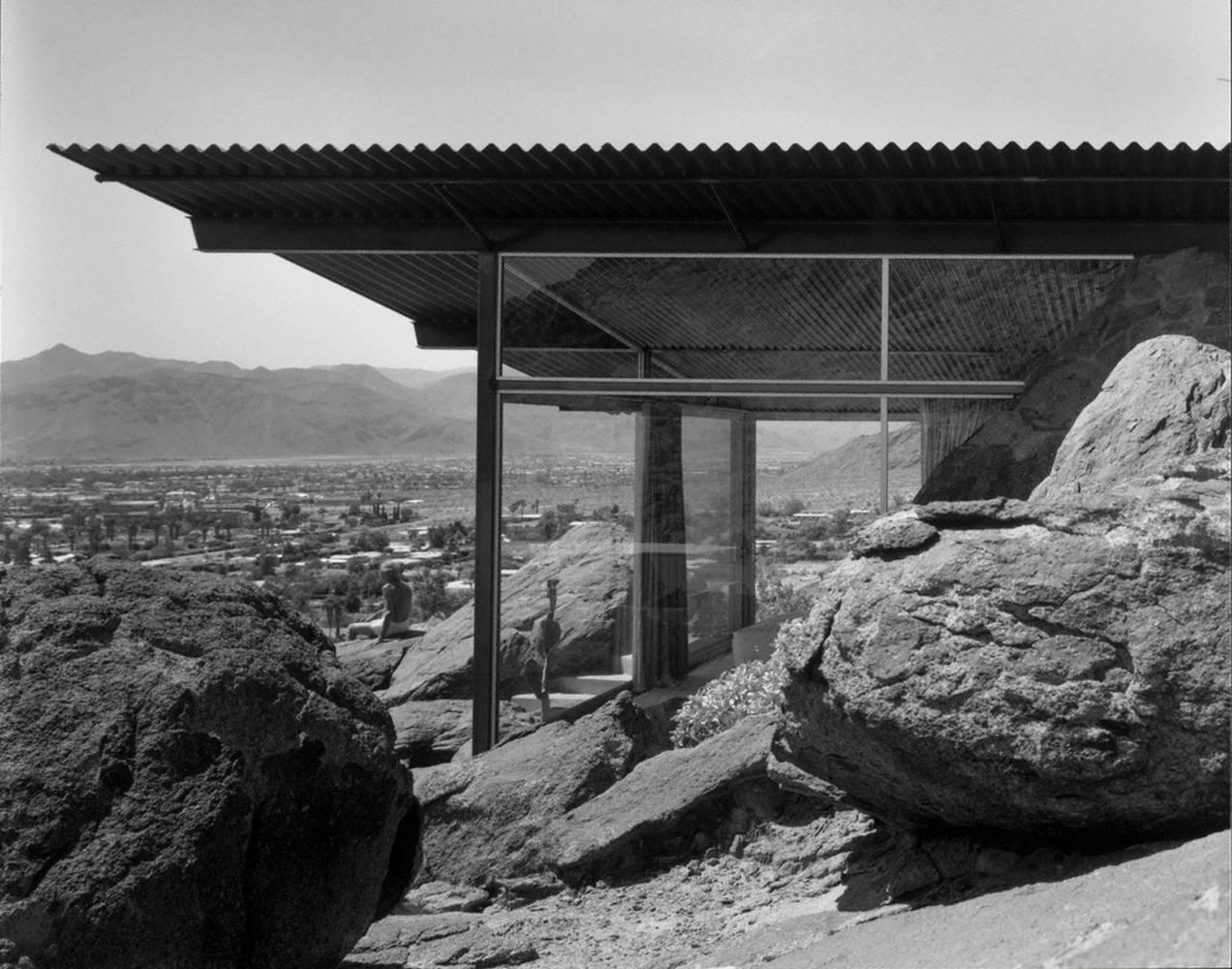
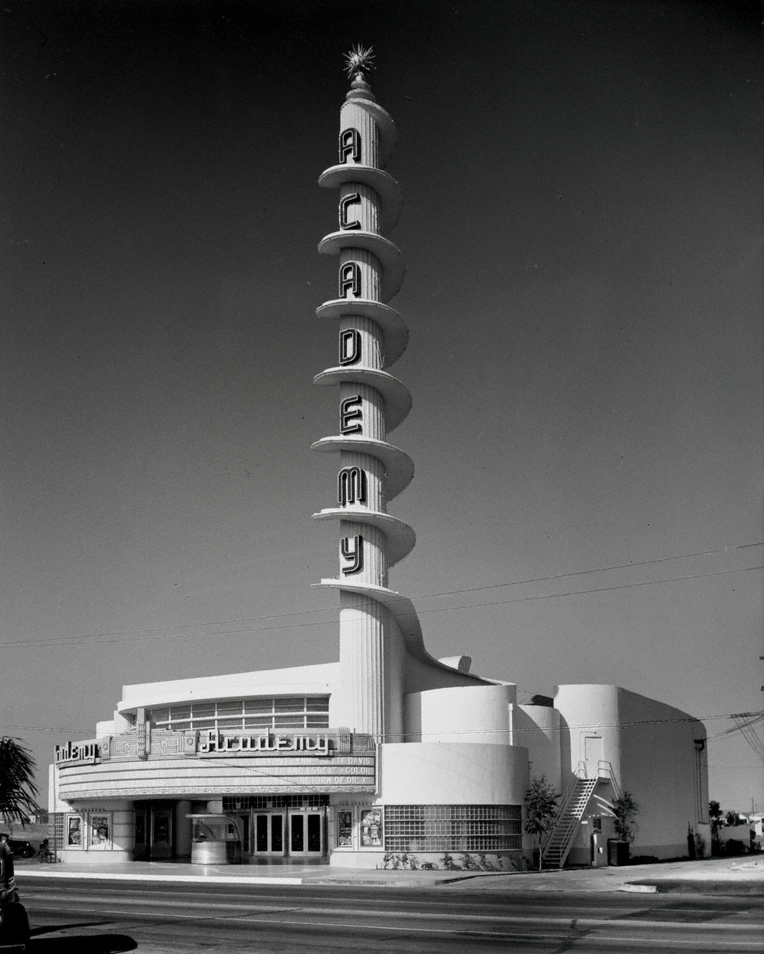
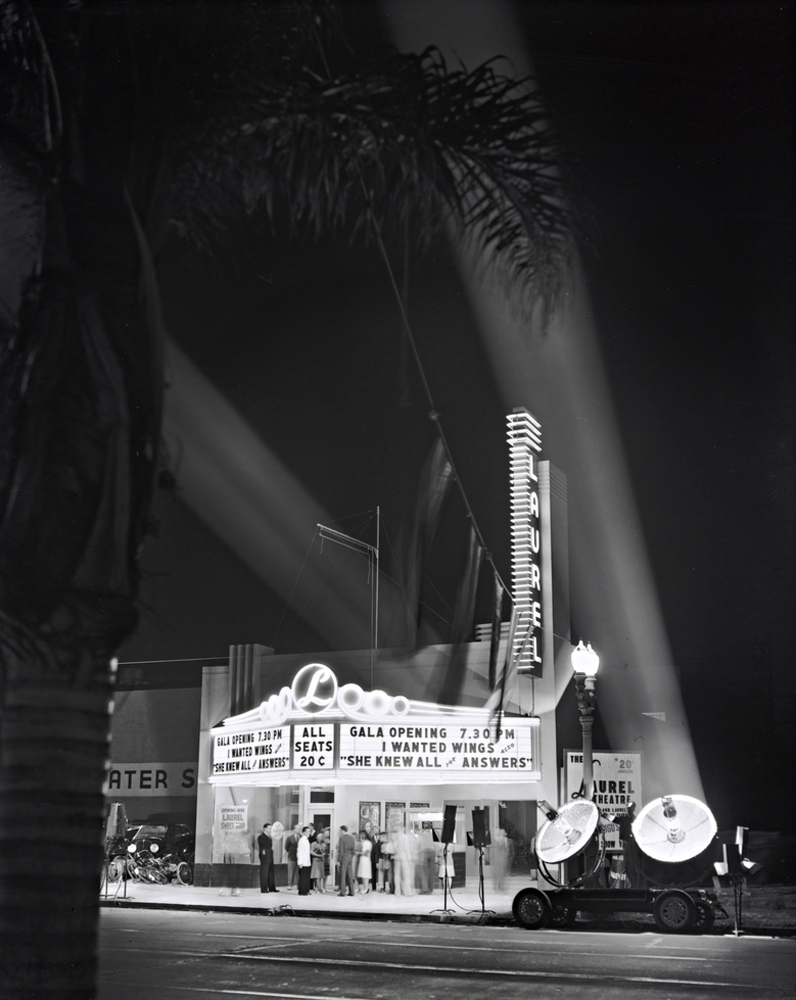
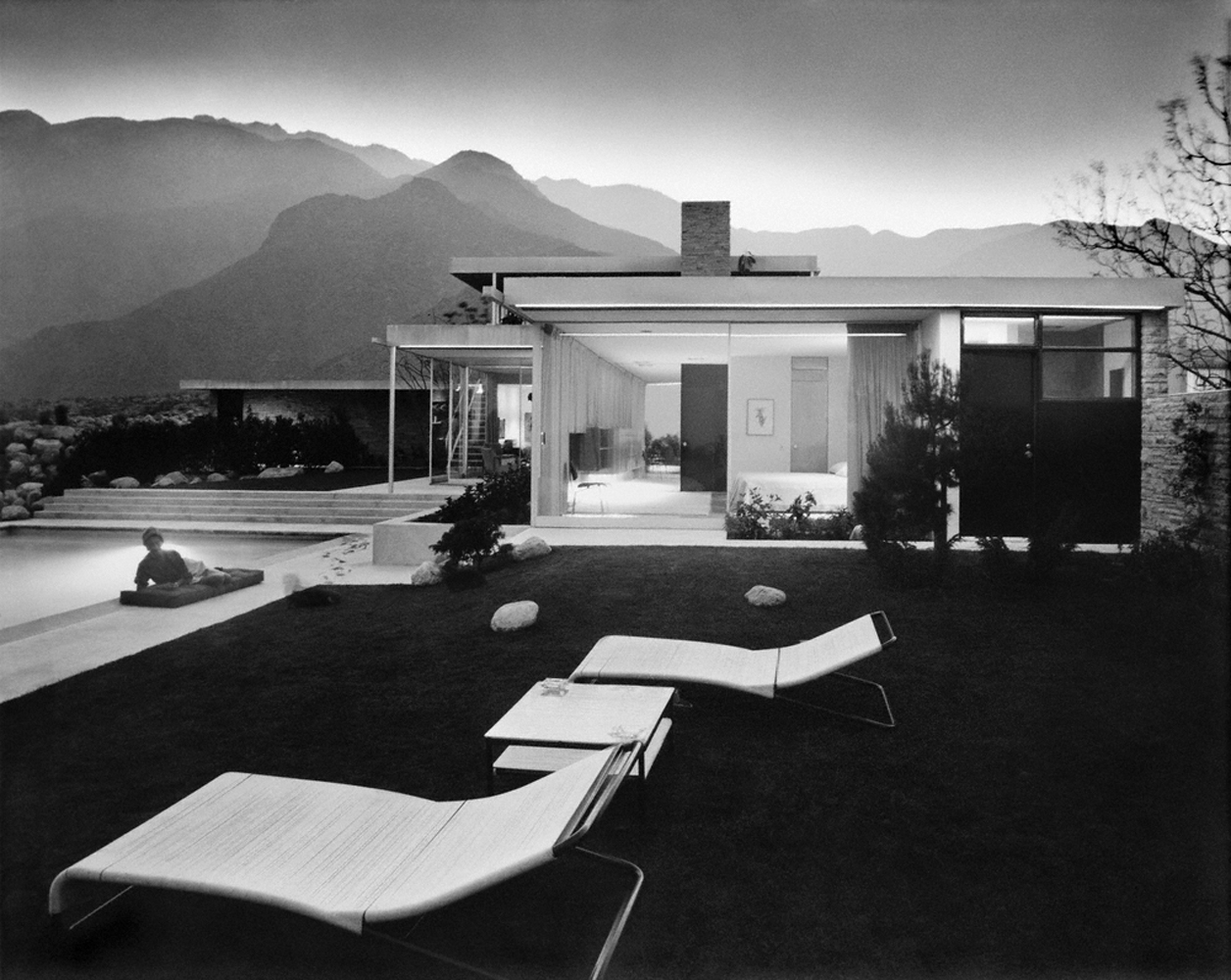
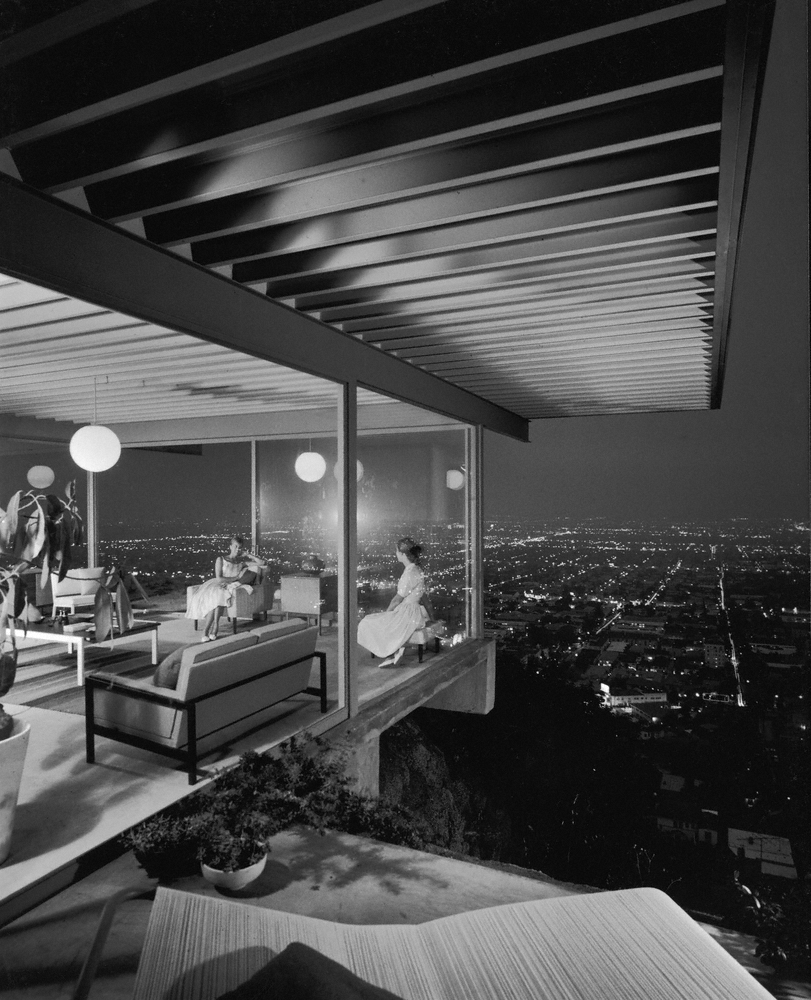
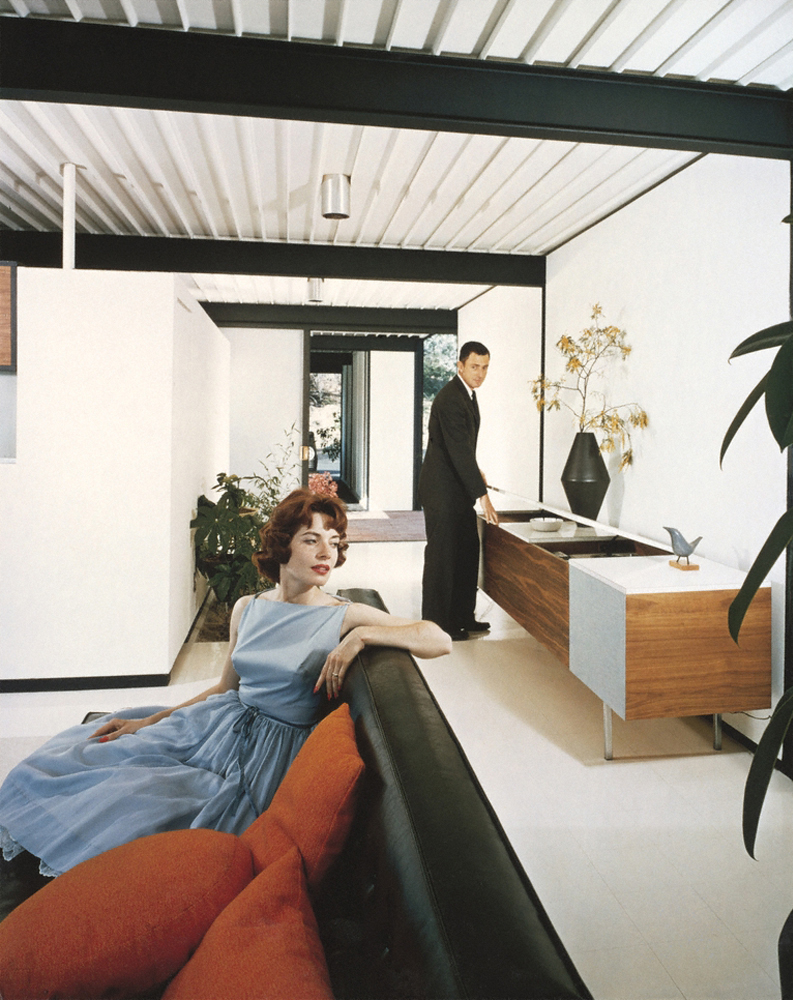
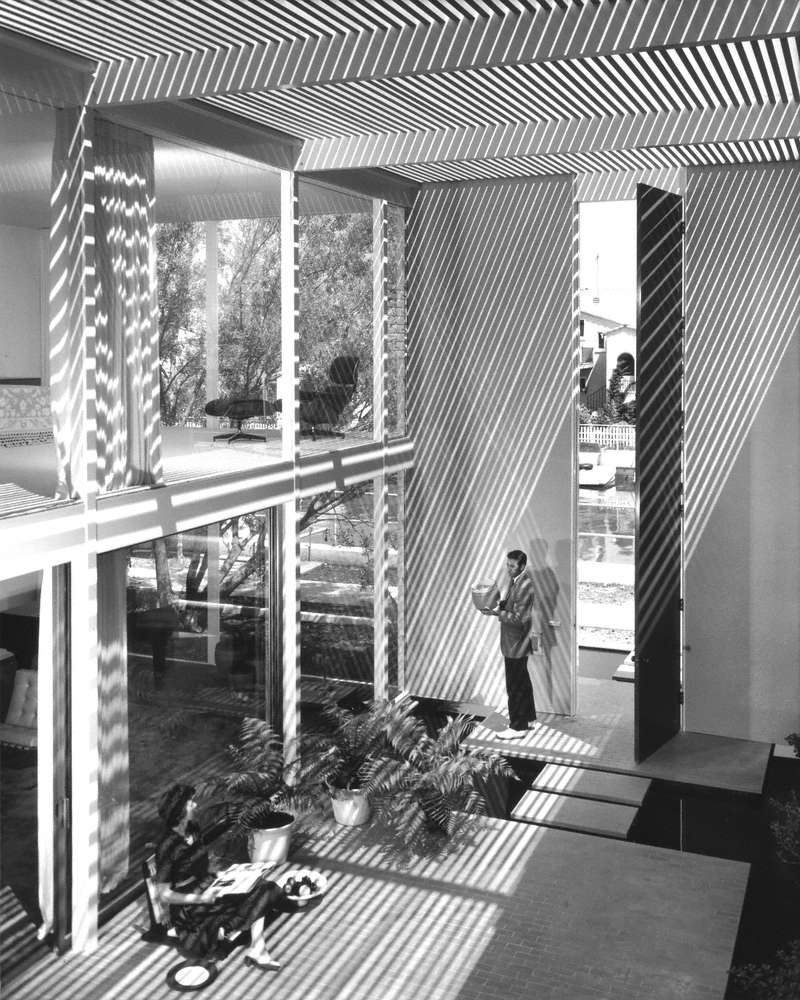
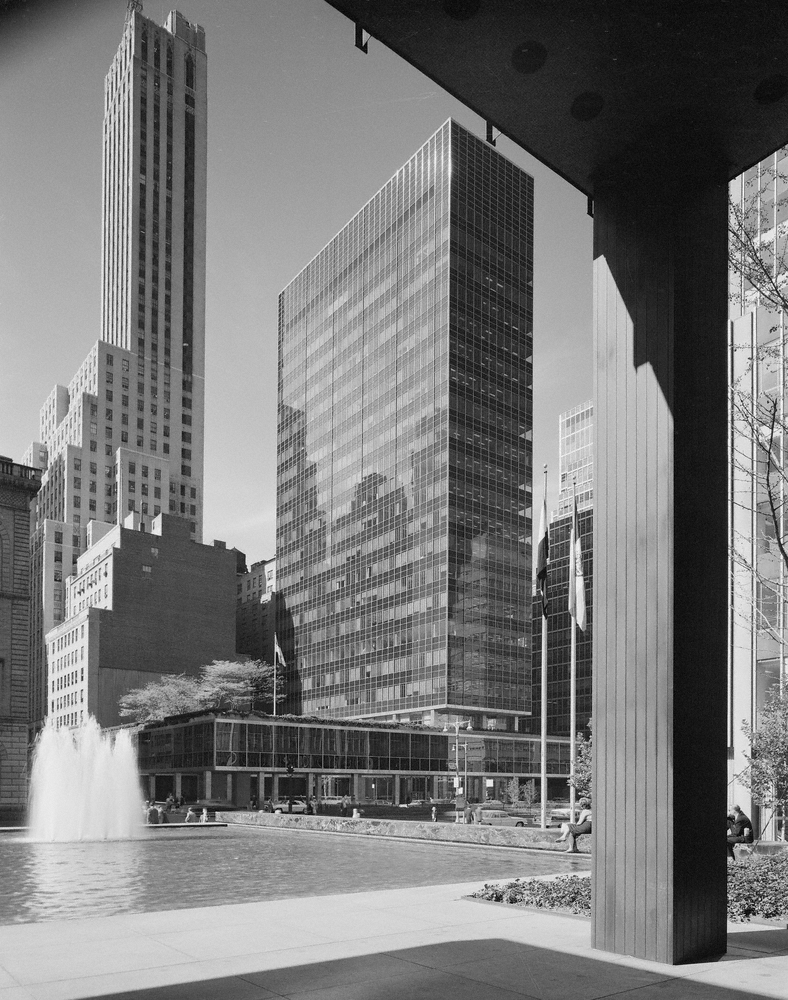
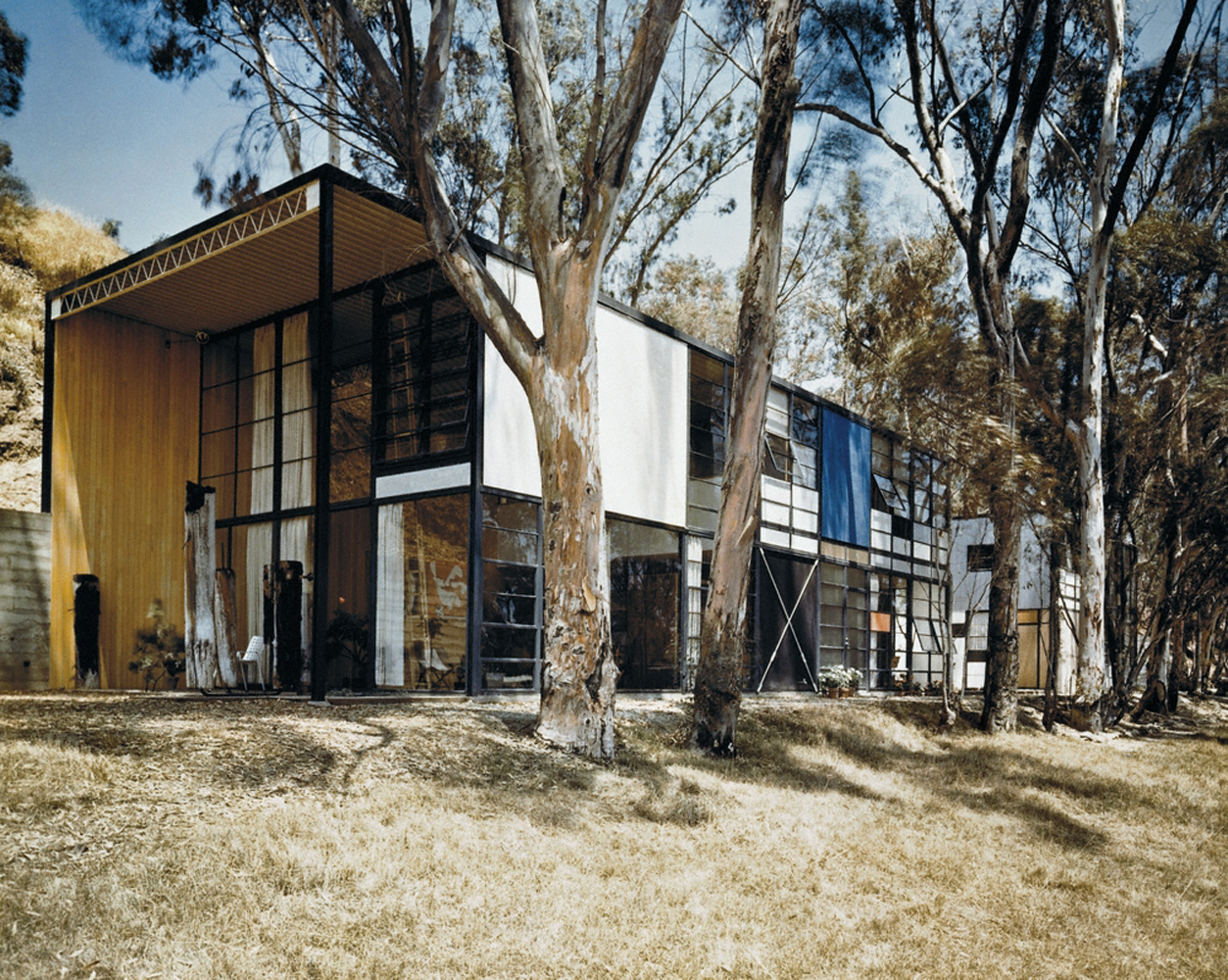
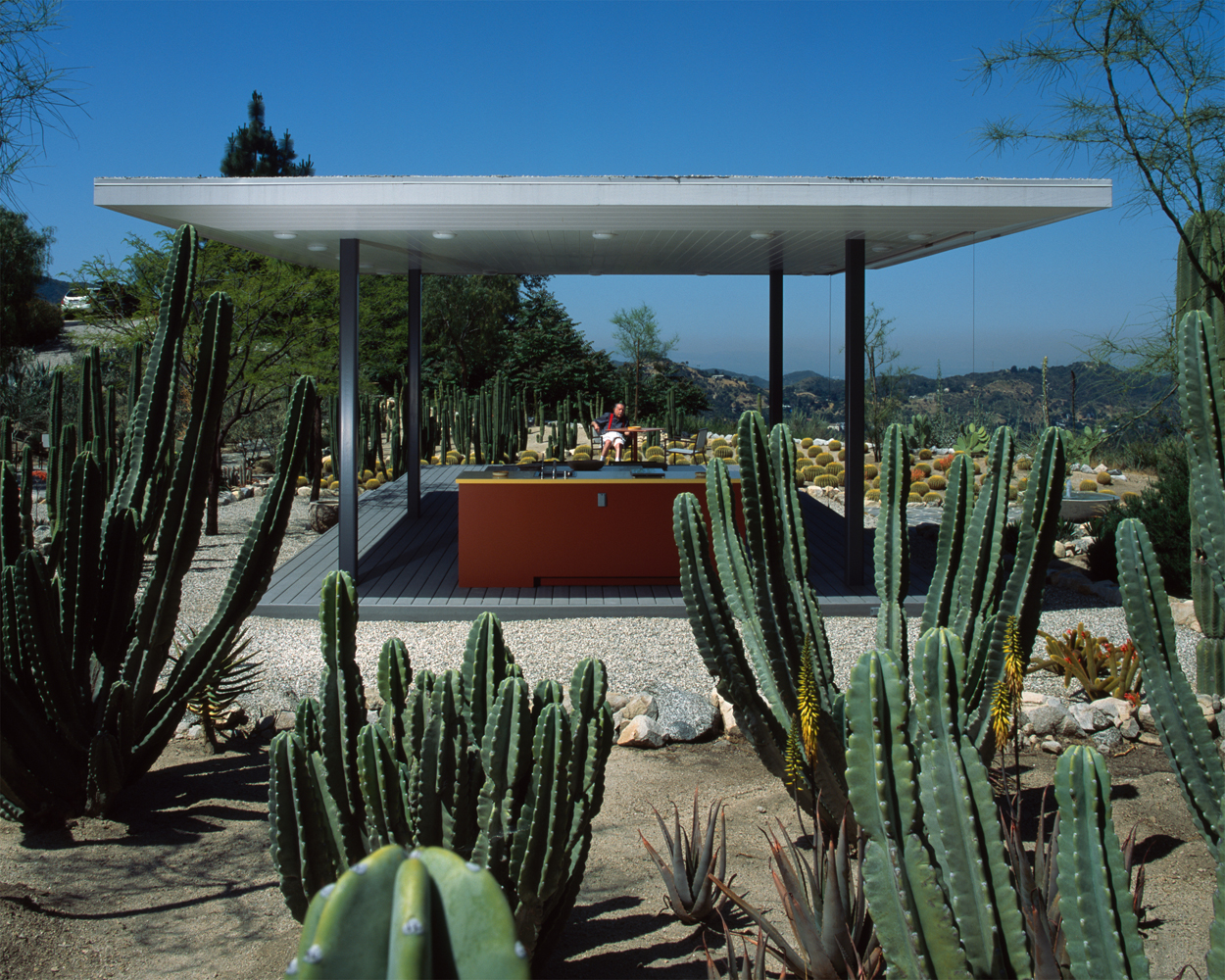
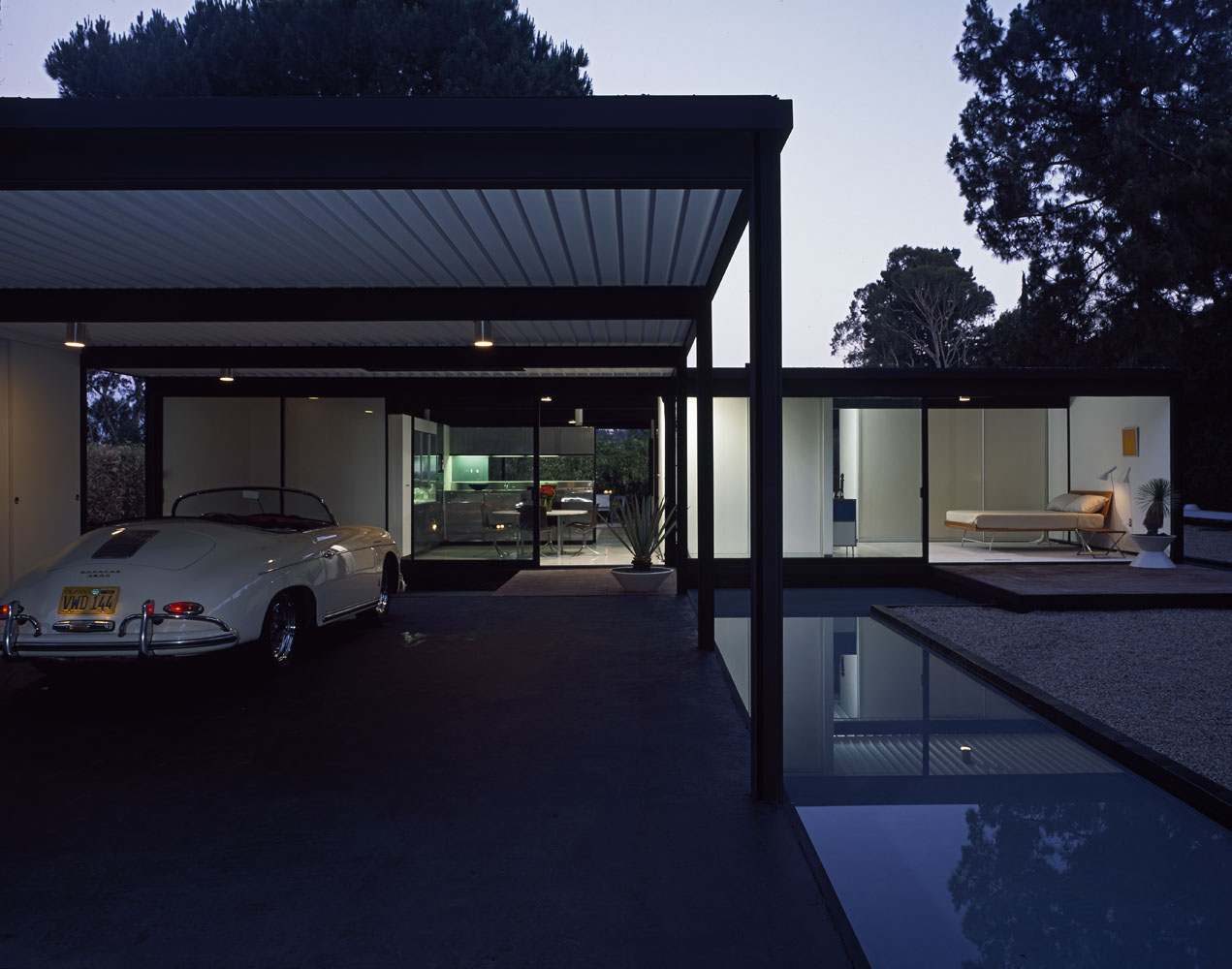
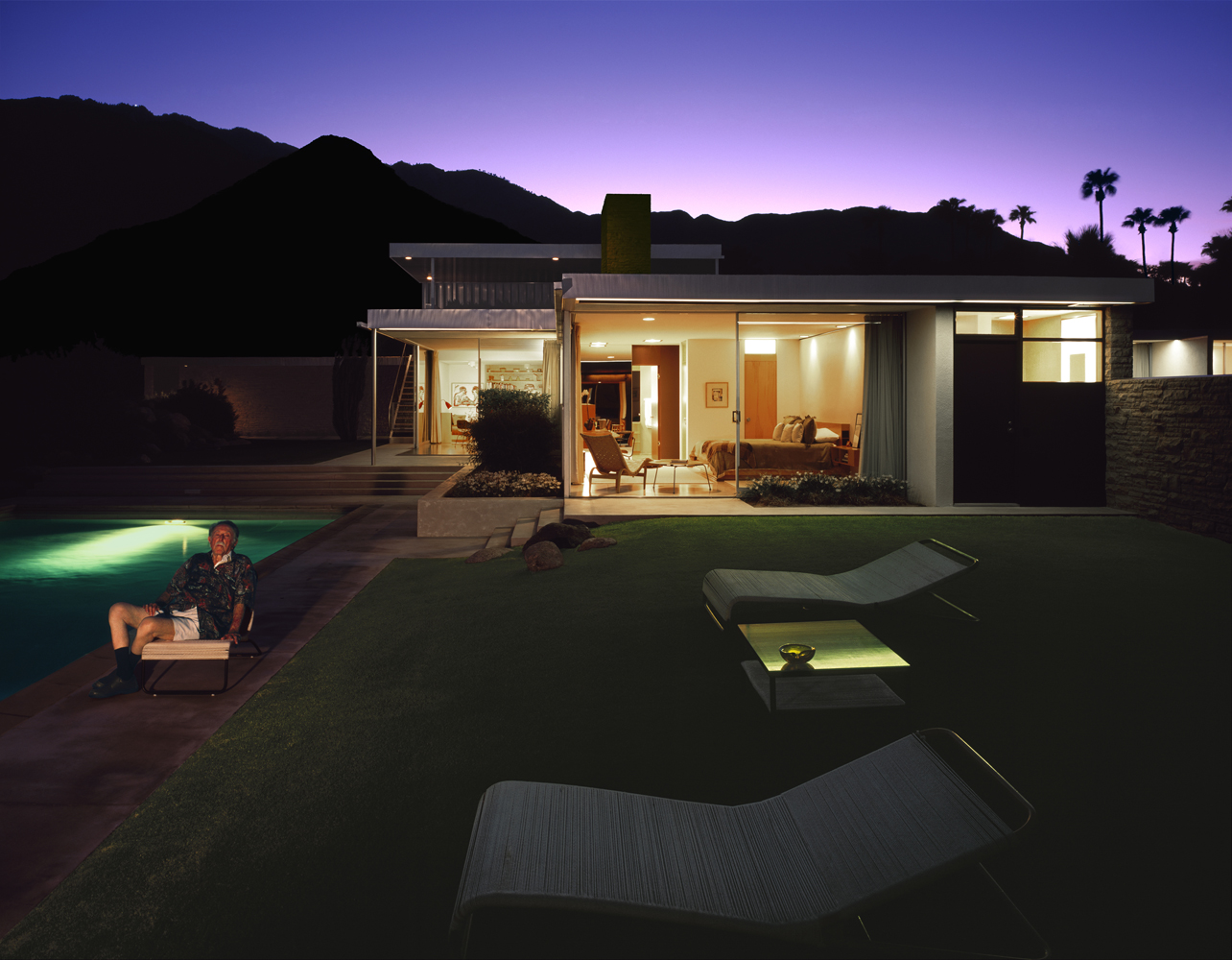
More Must-Reads from TIME
- Inside Elon Musk’s War on Washington
- Meet the 2025 Women of the Year
- The Harsh Truth About Disability Inclusion
- Why Do More Young Adults Have Cancer?
- Colman Domingo Leads With Radical Love
- How to Get Better at Doing Things Alone
- Cecily Strong on Goober the Clown
- Column: The Rise of America’s Broligarchy
Contact us at letters@time.com